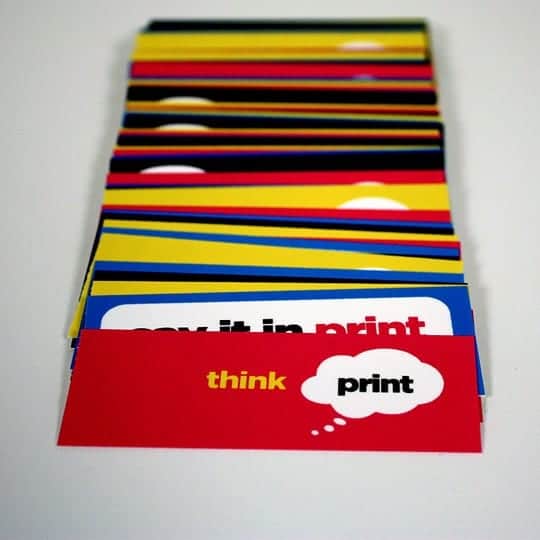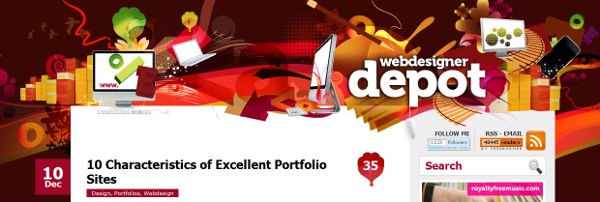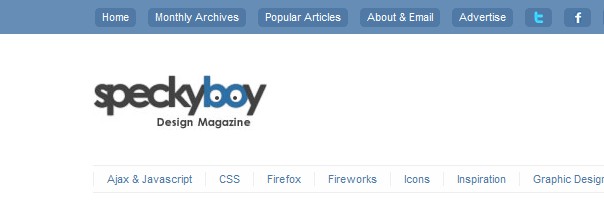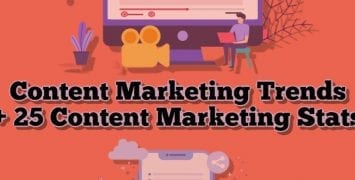An impressive portfolio is something that every designer aims for, and for good reason – the quality of a designer’s portfolio is often the determining factor in the success or failure of their career.
In this special 3-in-1 post, we’re going to sift through it all, look at the very best resources, and give you a definitive collection of everything you will ever need to know about portfolios.
Essential Ingredients of a Successful Portfolio
The first thing we’re going to focus on today is what the ingredients of a successful portfolio are – what really makes the difference. For each of these 8 points we’ll look at both some tips on how to do it and a real-life example of someone who has done it right.
#1 – High-Quality Work
You’re probably thinking, “Duh – that’s the whole point of a portfolio”. And you’re right. I only state it here because it is an essential ingredient, so leaving it out would be wrong.
And, it is too often overlooked for how vital it is. This THE most important thing you can do for your portfolio – use big images, let clients view the live project, and have good copy summarizing what you did for that client and why your work was special. Mike Precious has done an excellent job with that.
As a side not, one interesting strategy that I really like is showing the process of your work rather than just the finished product. An example of that is OnWired’s Portfolio.
#2- Personality
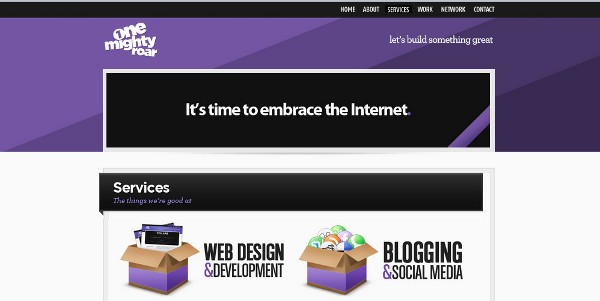
Your skills and quality of work are important, but believe it or not the personality that your portfolio defines is equally so. So don’t cram into a form-fitted, dry portfolio site like you see on every corner.
Step out and be who you are. People are attracted to confidence. In my opinion, One Mighty Roar has pulled this off very masterfully. Their site just radiates personality and enthusiasm.
#3 – Relevant Content
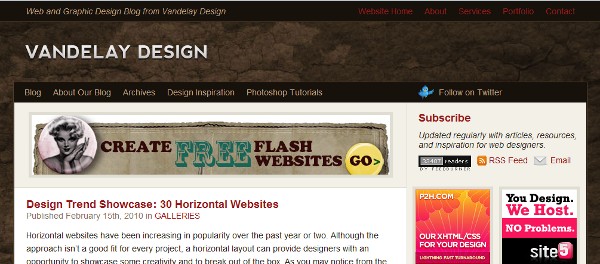
The third thing that will help a portfolio really stand out and be successful is high quality content that will attract people, provide value, and demonstrate your expertise even further.
One excellent and popular way to do it is to publish a blog on your portfolio site. The Vandelay Design Blog is an excellent example. One of the many benefits of blogging as a freelancer is the SEO advantage it gives you – if you do it right, you’re going to have a lot of links coming in. Depending on who you’re trying to market your skills to, a blog could be more or less effective (if you want to be hired by other designers, good, but if you want to be hired by ‘users’ then a blog might be less effective.) Blogging as a tool for freelancers should definitely not be overlooked.
Another interesting idea is to produce static content – good stuff that people will refer back to. Generally, a portfolio site is where a designer gets to loosen up and let the creativity flow. I don’t have anything against this – I think that’s excellent, but you have to keep your audience in mind. Your fellow designers might get a great kick out of non-standard navigation and a creative layout, but remember that less tech-savvy clients may very well not catch on as quickly and become frustrated.
Balance your creativity with good usability and you’ll be set to go.

Our 5th and last essential ingredient is being memorable – there are far too many other designers out there to count your high-quality work to push you to the top. You’ve got to create a unique, selling brand and then use it for everything it’s worth.
Portfolio Resources Every Designer Should Know About
Thankfully, there is an incredible amount of stunning how-to articles and resources for the designer working on developing a smashing portfolio. That’s what this second sub-article is going to be dedicated to – super portfolio resources! Check these out:
10 Steps to the Perfect Portfolio Website
Creating the “Perfect” Portfolio
Creating a Successful Online Portfolio
9 Ways to Get Your Design Portfolio Seen
5 Popular Design Portfolio Website Styles
10 Characteristics of Excellent Portfolio Sites
The Ultimate Guide to Using WordPress for a Portfolio
7 Excellent Sources for Breathtaking Portfolio Inspiration
Of course, it’s always helpful to see some concrete examples of what other designers are doing for their portfolios, so we’ll wrap up with lots of great portfolio roundups and showcases to get you off to a good start.
FolioFocus is one of Steven Snell’s great inspiration sites, and is dedicated exclusively to impressive portfolio designs. My favorite place for portfolio design inspiration!
This DesignM.ag collection was published back in 2008, so some of the designs have changed, but it’s still one of the biggest portfolio collections out there.
90 Inspirational and Creative Portfolio Designs
Whoa! 90+ awesome portfolio sites – get ready to be inspired! InstantShift has produced their standard super-sized roundup, and boy is it good.
50 Beautiful and Creative Portfolio Designs
Smashing Magazine never publishes anything bad, it seems, and this 2008 collection (written by Jacob Gube) is still a great resource. Don’t miss it!
50 Inspiring Portfolio Designs
This a much more recent collection, compiled by Gisele Muller for Web Design Ledger. Good variety of creative portfolio designs!
Showcase of 50 Stunning Portfolio Designs
Spyre Studios chimed in with their own high-quality collection of portfolio designs as well. Lots of beautiful illustration based designs in this collection.
50 Creative and Inspirational Personal Portfolio Websites
And one more excellent 50-piece portfolio showcase, this one on Specky Boy. This one is incredibly diverse – lots of fun designs to browse through.

